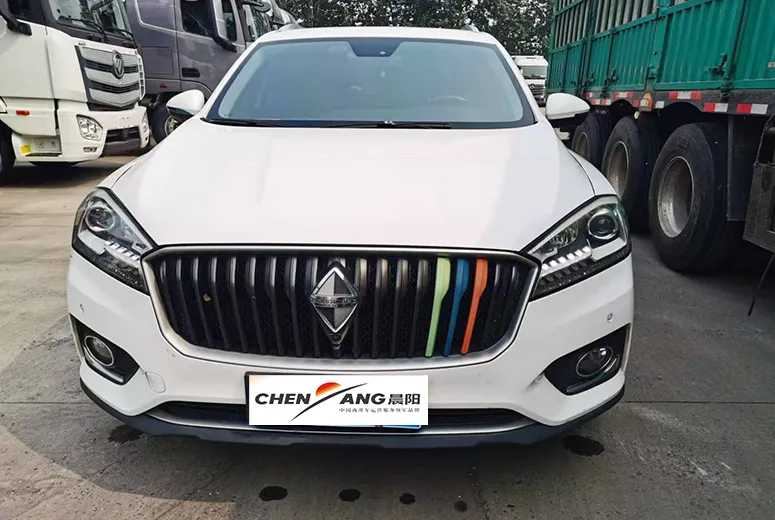light duty truck classification
Understanding Light Duty Truck Classification
Light duty trucks (LDTs) play a crucial role in the transportation industry, serving both commercial and personal needs. They are defined by their weight and design, and understanding their classification is essential for consumers, manufacturers, and policymakers alike. In this article, we delve into the various classifications of light duty trucks, their characteristics, and their significance in the automotive market.
Definition and Classification
Light duty trucks are typically classified by their Gross Vehicle Weight Rating (GVWR), which refers to the maximum weight a vehicle is rated to safely carry. According to the United States Environmental Protection Agency (EPA) and the Department of Transportation (DOT), light duty trucks fall under the category of vehicles with a GVWR of up to 8,500 pounds. This classification encompasses a variety of vehicles, including
1. Pickup Trucks One of the most popular forms of LDT, these vehicles are designed for the transportation of goods and people. They are characterized by an open cargo area with low sides and a tailgate. Pickup trucks are versatile, suitable for both work and recreation, and come in various sizes and configurations.
2. Vans Light duty vans, including both passenger and cargo variants, are another segment of LDTs. Passenger vans are designed to carry multiple occupants, often featuring rows of seating and ample interior space. Cargo vans, on the other hand, prioritize storage space and often lack rear windows.
3. Sport Utility Vehicles (SUVs) Although originally designed for off-road capabilities, SUVs have become increasingly popular as family vehicles. Many modern SUVs combine the traits of trucks and passenger cars, providing a spacious interior, higher seating position, and towing capabilities.
4. Minivans These vehicles are primarily designed for family transport, focusing on comfort and usability. Minivans typically feature sliding side doors for easy access and can accommodate more passengers compared to traditional SUVs.
Importance of Classification
light duty truck classification

The classification of light duty trucks is important for several reasons
1. Regulatory Concerns The classification system helps in implementing regulations concerning emissions and fuel efficiency standards. Different categories may have distinct requirements, impacting both manufacturers and consumers.
2. Insurance and Taxes Classification influences insurance premiums and taxes. LDTs generally have different rates compared to passenger cars, which can greatly affect ownership costs.
3. Market Trends Understanding categories helps manufacturers identify market trends and consumer preferences. As consumer needs evolve, vehicle designs and classifications may also change, leading to innovations in the automotive industry.
4. Environmental Impact The classification can inform policies related to environmental regulations. More stringent emissions standards may be applied to light duty trucks, considering their contributions to pollution and climate change.
Recent Trends and Developments
In recent years, the light duty truck market has seen significant growth, driven by consumer demand for versatility and functionality. Factors such as the rise of e-commerce have resulted in increased demand for cargo vans and pickup trucks capable of handling logistics and delivery services. Furthermore, advancements in technology, such as electric powertrains, have started to permeate the market, leading to the introduction of electric light duty trucks aimed at reducing carbon footprints.
Conclusion
Light duty truck classification serves as a foundation for understanding the breadth and diversity of vehicles in this category. As we move towards a more sustainable future, the ongoing evolution of these classifications will play an essential role in shaping the automotive industry. Consumers, manufacturers, and policymakers must remain informed and adaptable to these changes to ensure that the transportation needs of society are met efficiently and responsibly. Whether it's for personal use or commercial applications, light duty trucks will continue to be a vital component of everyday life, bridging the gap between work and play.
-
SINOTRUK HOWO 84 Electric Dump Truck for Eco-Friendly Heavy HaulingNewsJul.26,2025
-
The Fast 16-Gear Manual Transmission Assembly for Heavy TrucksNewsJul.25,2025
-
Mercedes Benz Actros 1848 42 Tractor Truck for Sale - Reliable PerformanceNewsJul.24,2025
-
High-Quality Water Pump Assembly for Sinotruk Trucks – Durable & ReliableNewsJul.23,2025
-
Premium Truck Engine Antifreeze Coolant Fluid for Heavy Duty VehiclesNewsJul.22,2025
-
FOTON View G7 Mini Bus: Affordable & Spacious TransportNewsJul.22,2025
Popular products

























